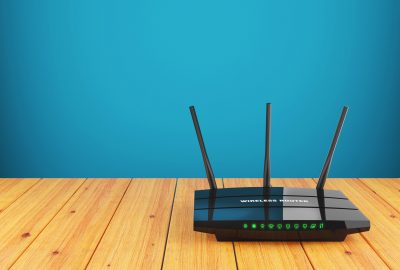Below is a list of warnings from every major manufacturer in the world found deep inside their user manuals warning consumers of the dangers of holding their device to the head or storing in pockets/bras. Most people have no idea. This information should be on the front package of every device.
Apple – “iPhone’s SAR measurement may exceed the FCC exposure guidelines for body-worn operation if positioned less than 15 mm (5/8th inch) from the body. When using iPhone near your body for voice calls or for wireless data transmission over a cellular network, keep iPhone at least 15 mm (5/8th inch) away from the body, and only use carrying cases, belt clips or holsters that do not have metal parts and that maintain at least 15 mm (5/8th inch) separation between iPhone and the body.”
SAR (Specific Absorption Rate) which is a measure of the rate at which energy is absorbed by the human body when exposed to a radio frequency (RF) electromagnetic fields.
(NOTE: APPLE RECENTLY STOPPED DISTRIBUTING MANUALS WITH THE iPHONE AND THE SAFETY WARNING MUST NOW BE SEARCHED FOR DEEP WITHIN THE TEXT ON THE PHONE ITSELF)
Blackberry – “Use hands-free operation if it is available and keep the BlackBerry device at least 0.98 in. (25 mm) from your body (including the abdomen of pregnant women and the lower abdomen of teenagers) when the BlackBerry device is turned on and connected to the wireless network.
Samsung – “For body-worn operation, this phone has been tested and meets FCC RF exposure guidelines when used with an accessory that contains no metal and that positions the mobile device a minimum of 1.5cm from the body.”
Motorola – “If you wear this mobile device on your body, always place the mobile device in a Motorola-supplied or approved clip, holder, holster, case, or body harness. If you do not use a body-worn accessory supplied or approved by Motorola, keep the mobile device and its antenna at least 2.5cm (1 inch) away from your body.”
Sony – “For body-worn operation, this phone has been tested and meets FCC RF exposure guidelines when the handset is positioned a minimum of 15mm away from the body without any metal parts in the vicinity of the phone or when used with the original Sony Ericsson body-worn accessory intended for this phone. Use of other accessories may not ensure compliance with FCC RF guidelines.”
T-Mobile – “This device has been tested for body-worn operation with the distance at of 0.79 inch (2cm) for a normal mode and with the distance of 0.39 inch (1cm) for a hot-spot mode from the user’s body. To comply with FCC RF exposure requirements, a minimum separation distance of 0.79 inch (2cm) for a normal mode and 0.39 inch (1cm) for a hot-spot mode must be maintained from the user’s body.”
Casio – “For body-worn operation, this phone has been tested and meets the FCC RF exposure guidelines when used with an accessory that has not metal parts and that positions the handset a minimum of 2cm from the body. Noncompliance with the above restrictions may result in violation of RF exposure guidelines.”
Pantech – This device was tested for typical body-worn operations with the back of the phone kept 2cm from the body. To maintain compliance requirements, use only belt clips, holsters, or similar accessories that maintain a 2cm separation distance between the user’s body and the back of the phone, including the antenna.”
HTC – “This device was tested for typical body-worn operations. To comply with RF exposure requirements, a minimum separation distance of 1cm must be maintained between the user’s body and the handset, including the antenna.”
Kyocera – “To maintain compliance with FCC RF exposure guidelines, if you wear a handset on your body, use a Sprint-supplied or Sprint-approved carrying case, holster, or body-worn accessory. If you do not use a body-worn accessory, ensure the antenna at least 0.886 inch (2.2cm) away from your body when transmitting. Use of non-Sprint-approved accessories may violate FCC exposure guidelines.”






